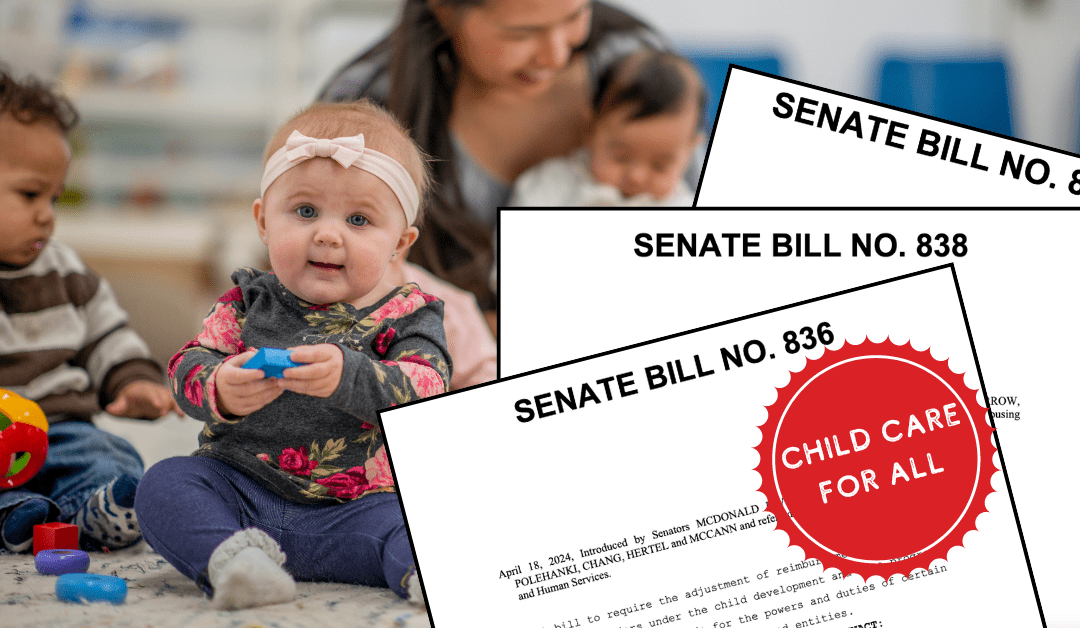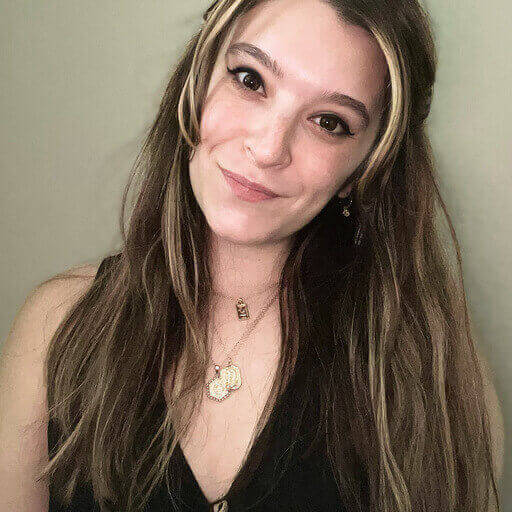
Photo via Unsplash
Have you ever wondered what “once in a blue moon” means?
Since there’s a blue supermoon looming on the horizon, literally (it’s going to appear at its peak on August 30), we wanted to dive into the meaning behind the common saying and shed some light on just how rare blue supermoons actually are.
What does the saying “once in a blue moon” really mean?
According to the Cambridge Dictionary, “once in a blue moon” is an idiom that refers to something that doesn’t happen very often. Example? You may or may not have heard someone say, “I only go out once in a blue moon,” or “I eat steak once in a blue moon.”
Sky & Telescope guesstimates the phrase was first introduced sometime in the 18th century as a way of saying something was absurd—not rare, like we use it today. It wasn’t until the 19th century that it began to take on its more modern meaning.
So, were the people of the 18th century onto something when they thought it was a little whacky to say the moon was blue? Or can the lunar orb truly change color?
What is a blue supermoon?
Surprise: “Blue moon” doesn’t actually refer to the color of the moon. NASA clarifies that a “blue moon is the term for when we see the full moon twice in a single month.”
ICYMI: There was a full moon at the very beginning of the month, on August 1. That one was known as the Sturgeon Moon.
A supermoon is “when the Moon is at or near its closest point to Earth at the same time as it is full.” Supermoons look bigger and brighter than regular full moons. When there are two full moons in a month and one is a supermoon, that’s a “blue supermoon.”
How rare is a blue moon?
Blue moons on their own aren’t all that rare. NPR points out that blue moons happen every two and a half years or so. However, blue supermoons (which is what we’ll be seeing on August 30) don’t occur as frequently. The last blue supermoon was seen in December 2009—and, if you miss the one this month, you won’t be able to catch another blue supermoon for nine years.
That’s right, the next time this astronomical phenomenon happens is in August 2032. Today is as good a time as any to get into stargazing as a hobby so you can enjoy the luminous blue supermoon without having to wait close to a decade before you get the chance to soak in the experience again.
Fun fact: The award for rarest of the rare blue moons goes to the February Blue Moon.
Best viewing times for the blue supermoon
The best time to view the blue supermoon on August 30 is around 9:36 p.m. EST, when the moon is at its peak. If you’re thinking, “Wow, that’s oddly specific,” we had the same reaction.
Which is why we tracked down a Moonrise Calculator you can use to easily determine the peak viewing time for your area of the globe. All you have to do is input your location—city, state, or zip code—and select August 30. The calculator will tell you when the moon is going to rise, cross the meridian, and set, along with the illumination percentage (AKA how bright the moon will be).
The information you want to pay attention to on the Moonrise Calculator is the section labeled “Crosses Meridian,” as this indicates when the moon is supposed to reach its peak. If you want to make sure you’re viewing the blue supermoon at its optimal time but don’t really care about the other calculations, you don’t have to worry about anything else. Just jot down the meridian crossing time and share that information with family, friends, or neighbors so you can all view the sky together at the same time (even if you’re not physically together).
BEFORE YOU GO: If you want a more scientific breakdown of the astronomical event, NASA has an in-depth explanation of moon cycles, blue moons, and supermoons. For those of you who are super into astrology, EliteDaily outlines how the blue supermoon will affect your specific zodiac sign, in case that’s something you want to prepare for in advance.
Happy viewing!
Politics

SEIU workers ahead of NFL Draft: We are ‘the backbone of Detroit’
BY KEN COLEMAN, MICHIGAN ADVANCE MICHIGAN—A day ahead of the National Football League annual draft being held in Detroit, Service Employees...

Investigator says Trump, allies were uncharged co-conspirators in plot to overturn Michigan election
DETROIT—A state investigator testified Wednesday that he considers former President Donald Trump and his White House chief of staff to be uncharged...

Michigan Dems introduce ‘Child Care for All’ legislation to lower costs for families
Lawmakers say Michigan is facing a ‘child care crisis.’ But a series of bills introduced this month would help to make child care (much) more...
Local News

The 10 best burger joints in and around Lansing
Warning: Do not read this list if you missed lunch or you will find yourself hopping in the car to drive to these best burger joints in Lansing. ...

10 unique wedding venues in Michigan to suit every kind of couple
From a distillery in Detroit to a summer camp, we’ve rounded up some of Michigan’s most unique wedding venues. Of all the elements you need to...






